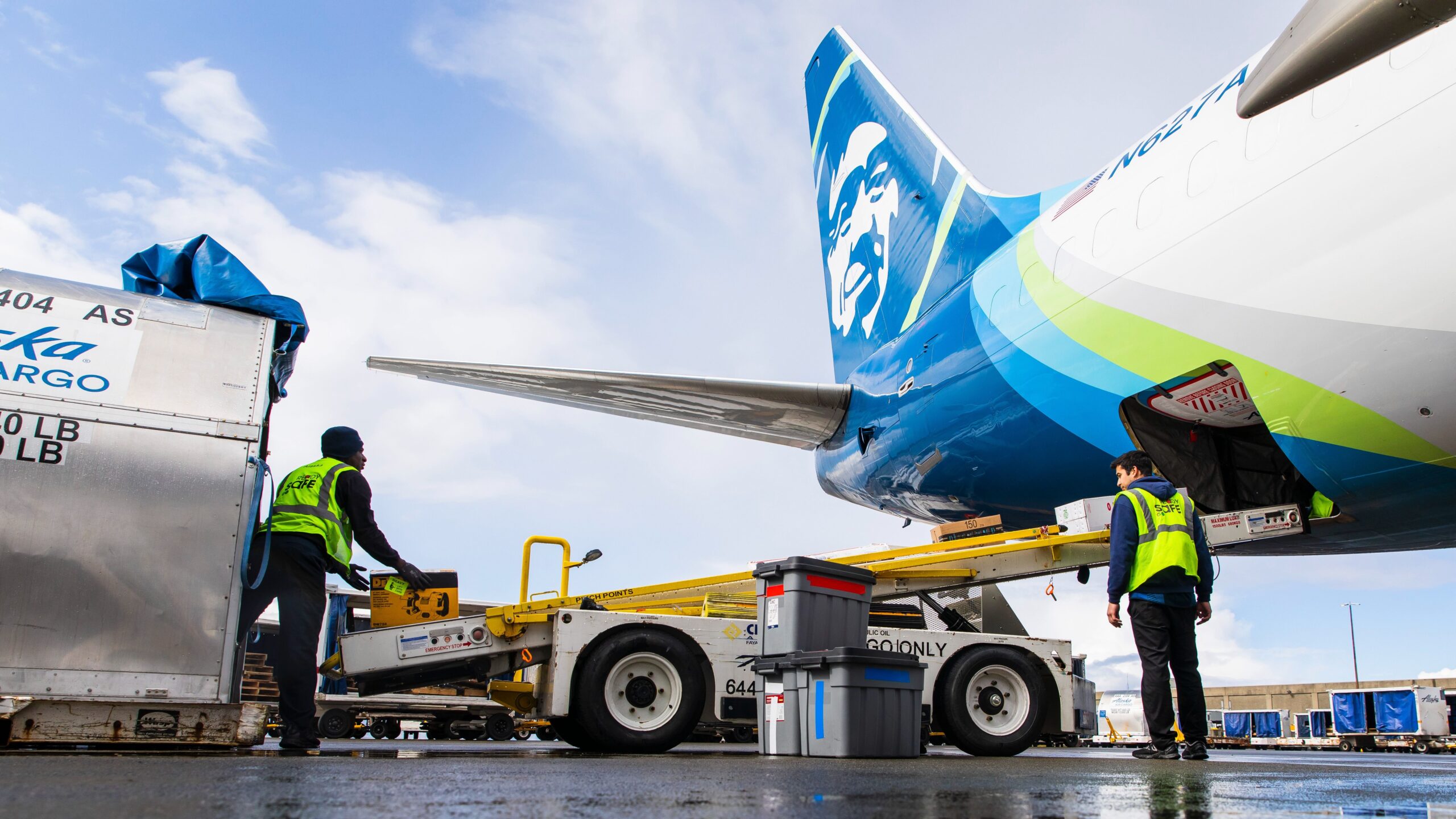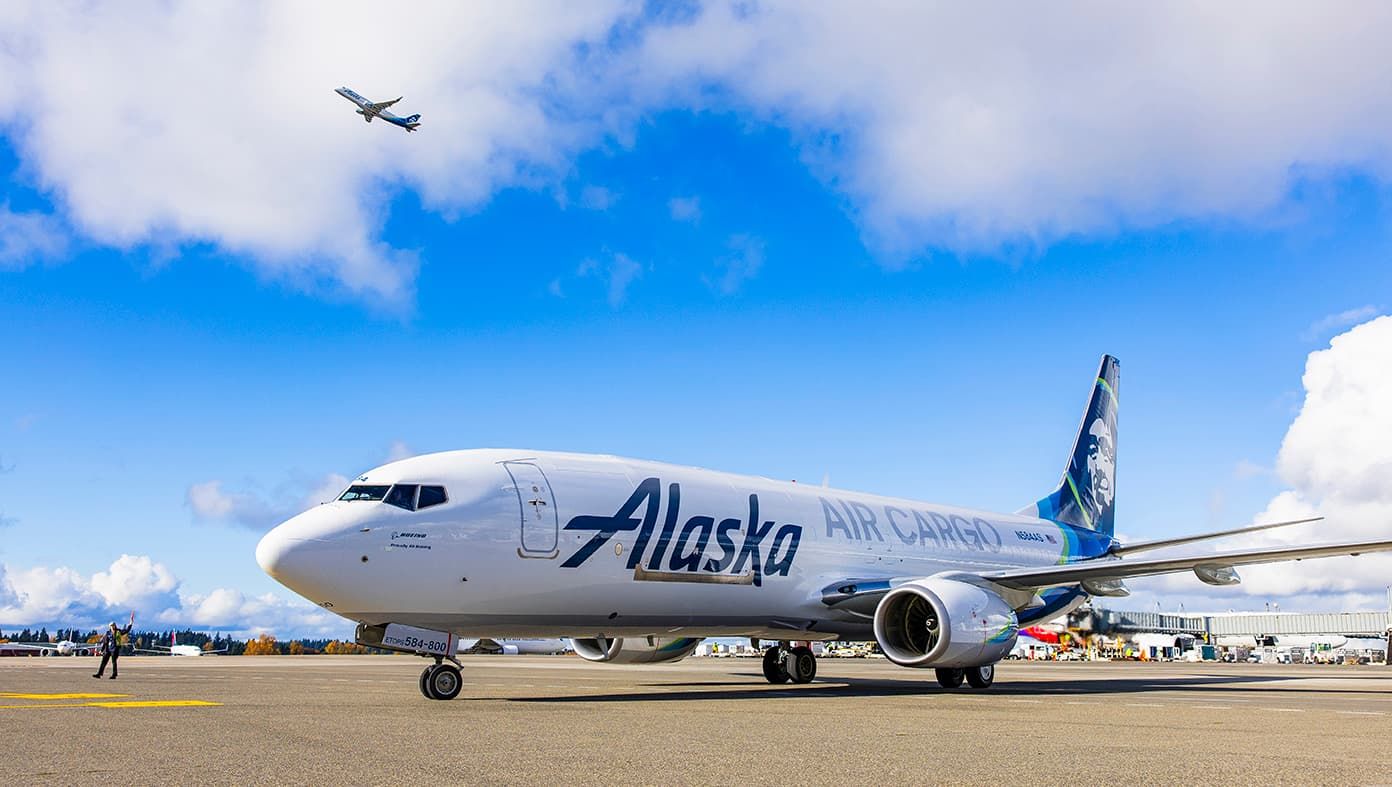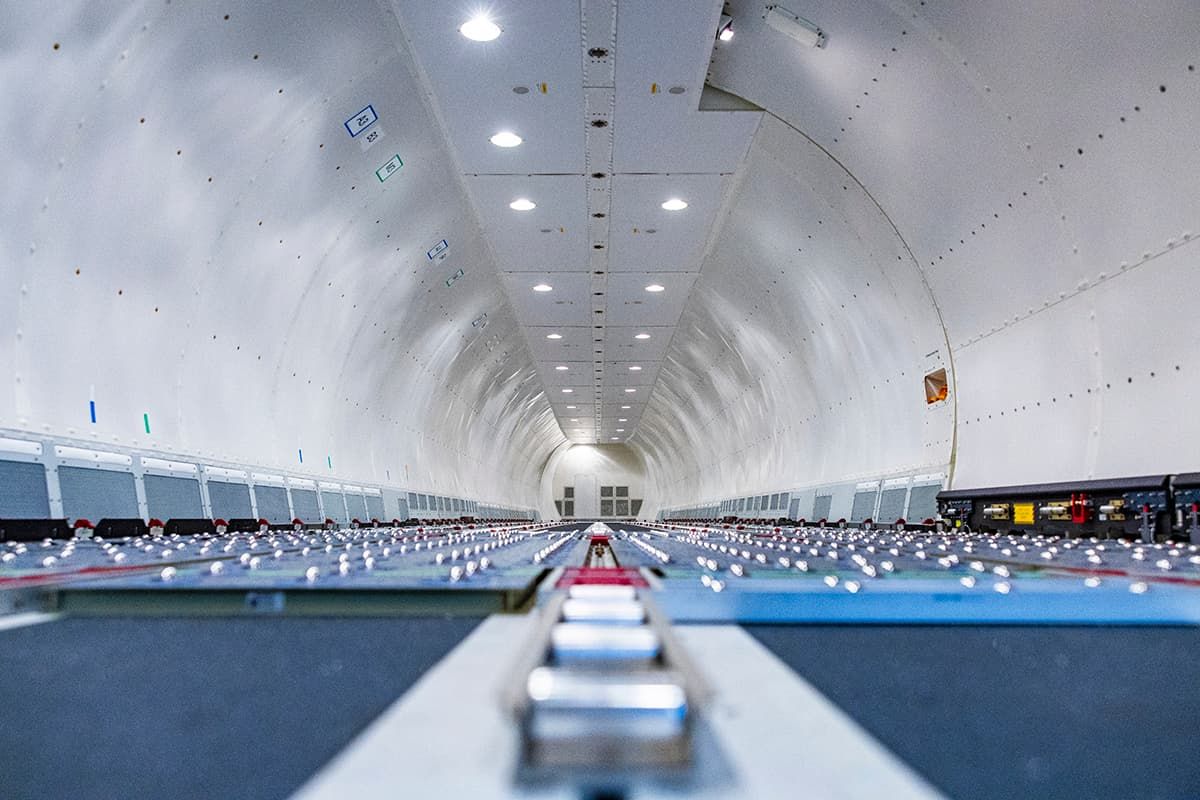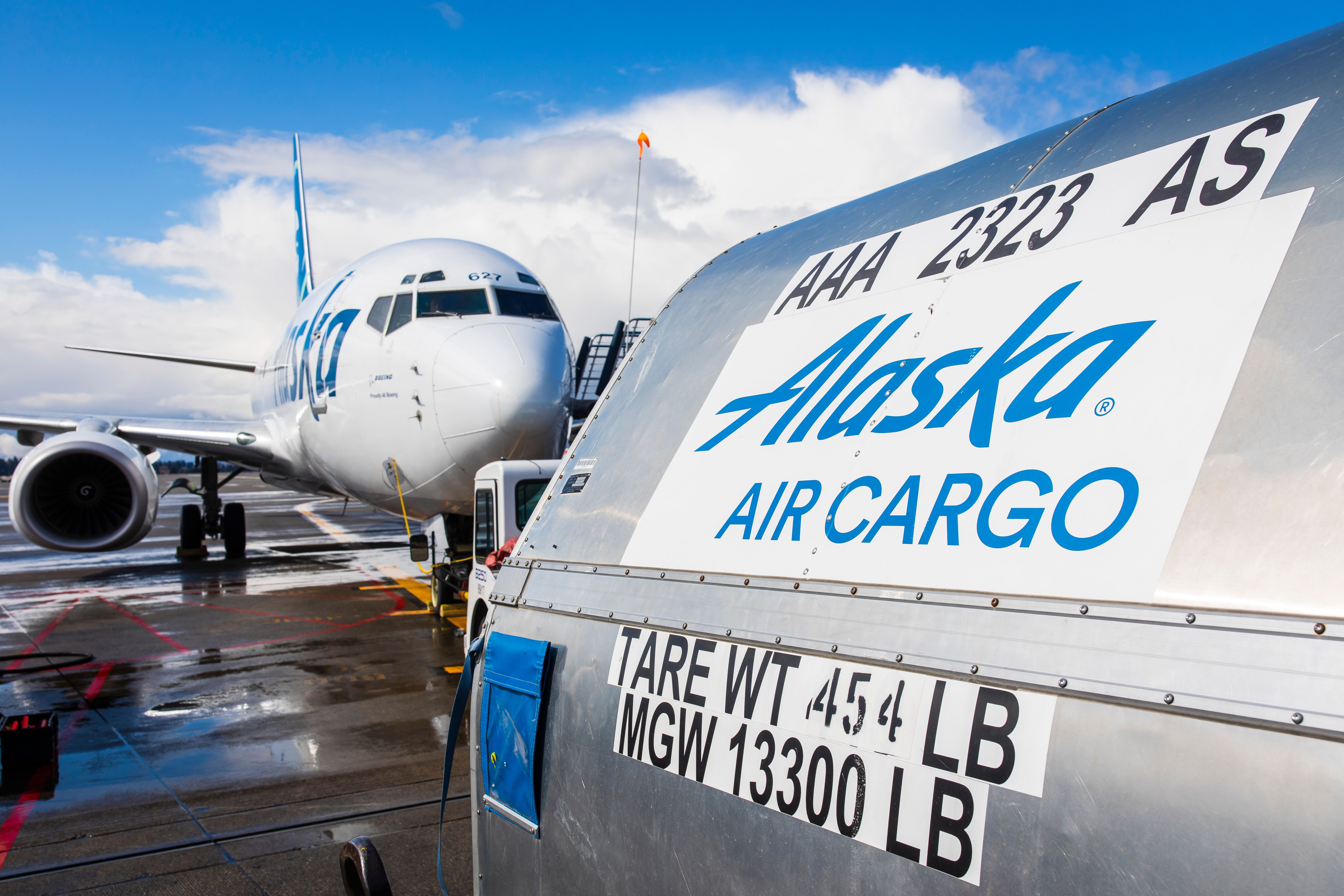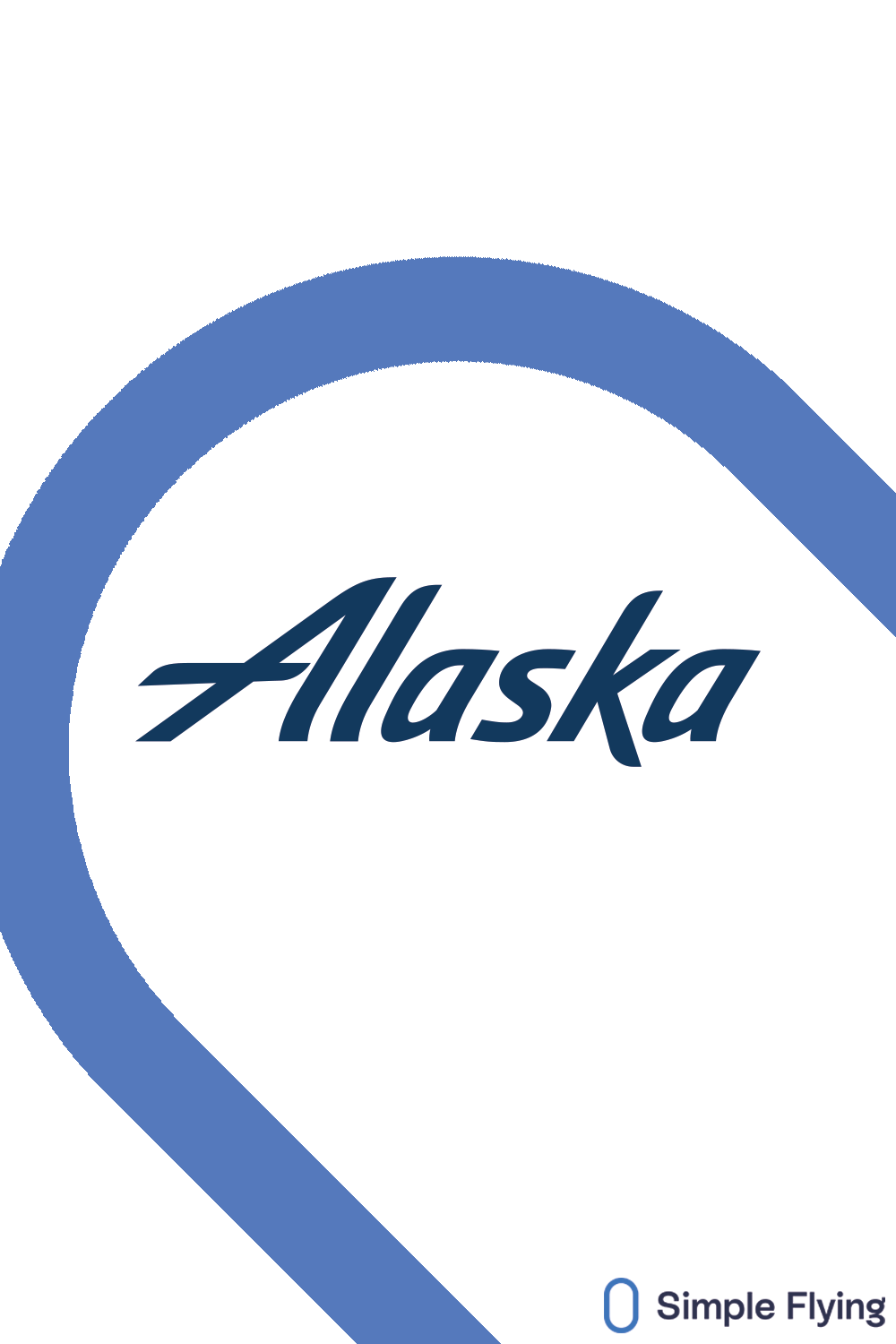Summary
- Alaska Airlines has added its first Boeing 737-800BCF to its cargo fleet, allowing for the transport of more freight.
- The airline is obtaining ETOPS certification for the cargo aircraft, which will enable longer over-water distances, opening up new route options.
- With a growing fleet of cargo aircraft, Alaska Air Cargo aims to meet the increased demand for transporting seafood, essential goods, and other products across Alaska and beyond.
Alaska Airlines has welcomed its first Boeing 737-800BCF (Boeing Converted Freighter) to its growing fleet of cargo aircraft. The 737-800 previously operated passenger services for the airline, before being converted to carry freight. Airports such as Juneau (JNU), Ketchikan (KTN), and Sitka (SIT) will be among the first to see the aircraft from mid-December, operated by Alaska Air Cargo.
Photo: Ingrid Barrentine | Alaska Airlines
The carrier is in the process of obtaining ETOPS certification for its new cargo aircraft. With such certification, Alaska Airlines will be able to deploy the aircraft for longer distances over water, opening up a host of new routes, such as nonstop services between King Salmon (AKN) and Seattle (SEA).
A growing fleet of cargo aircraft
The latest data from ch-aviation shows that Alaksa Airlines currently operates 59 737-800 passenger aircraft. The 737-800BCF that joined the carrier’s cargo fleet this week is registered as N584AS, and was delivered new to Alaska Airlines in a passenger configuration in August 2007, making it over 16 years old.
Alaska Air Cargo already operates three 737-700 cargo aircraft, with an average age of almost 23 years old. Another 737-800BCF will join Alaska Air Cargo next year, bringing the carrier’s cargo fleet to five.
Photo: Alaska Airlines
Alaska’s fresh seafood makes up the bulk of the freight carried by the airline, and with a cargo capacity 10,000 lbs higher than that of the 737-700, the new aircraft will provide significant revenue growth for Alaska Airlines. The Managing Director of Alaksa Air Cargo, Adam Drouhard, said,
“The conversion of passenger aircraft -800s to freighters allows us to build cargo capacity for the long haul. We are excited about the potential to create new connections between the 20 communities we serve in Alaska and the lower 48.”
The carrier also transports essential good such as medical supplies, groceries, and building materials to communities across the state. Alaska Air Cargo’s Sales Manager for Alaska, Shaonnon Stevens, highlighted the benefits of an expanded cargo fleet, saying,
“With a fleet of five, we’ll have the flexibility and capacity to do even more drop-ins for fishing communities when the salmon are running. This puts us in a great position to build and meet the increased demand we are seeing from industry and consumers across our network.”
More than 150 737-800BCFs now in service
Boeing delivered the first 737-800BCF in 2018 to AerCap Cargo, which went on to operate for the UK’s West Atlantic, and has since racked up more than 250 orders for the aircraft from over 20 customers. Last month, the 150th 737-800 to be converted to a cargo aircraft came off the production line.
Photo: Alaska Airlines
According to the manufacturer, the aircraft is 20% more fuel efficient than previous 737 freighters, and has a maximum range of up to 1,995 NM. This means that the aircraft would be able to operate comfortably from Miami (MIA) to Lima (LIM), or from Frankfurt (FRA) to Jeddah (JED), for example.
What do you think of Alaska Airlines’ growing cargo fleet? Share your thoughts by commenting below.
Source: ch-aviation

